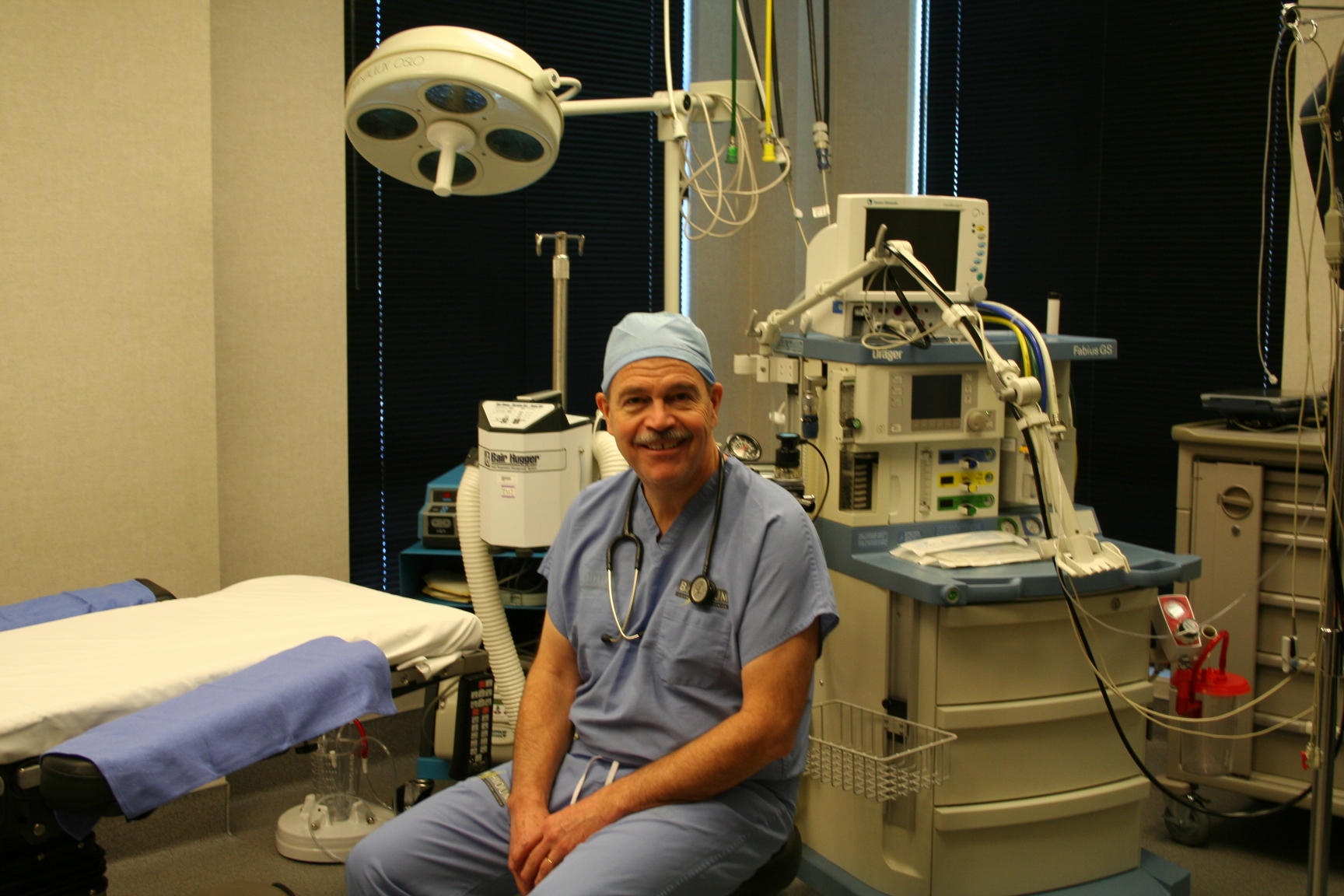Steps in Cosmetic Surgery: Closure
13.8 million cosmetic plastic surgery procedures were performed in the United States in 2011, according to the American Society of Plastic Surgeons (ASPS). There are four universal steps to follow for all cosmetic procedure involving surgery. As I have previously discussed so far, step one is incision, followed by dissection and sculpting. This brings us to discussion of the final step, which is wound closure.
In elective cosmetic surgery cases, taking extra time to do an aesthetic closure is possible. The first phase in wound closure is suturing (sewing) the skin and deeper tissues back together, also known as tissue approximation. How well this is done will determine the physical appearance of the scar.
The visible skin edges must also be brought back into alignment. Ideally, the dry outer layer of the epidermis (skin) on each side of the incision should line up perfectly. If done correctly, skin cells will seal this type of incision within 48 hours. Early epithelialization (healing) will reduce the risk of infection and give a thinner scar. When possible, skin glue (Indermal, Dermabond) may be applied to incisions, effectively sealing them from external contamination, making wound care simple. Research suggests that skin glues reduce the risk of infection and often yield less noticeable scars. This has certainly been the case for my practice.
While all four steps are important to achieve a result that bears little evidence of having had surgery, cosmetic surgeons have the luxury of time. Surgeons performing surgery in a critical care setting have more important issues at hand that often outweigh aesthetics.

